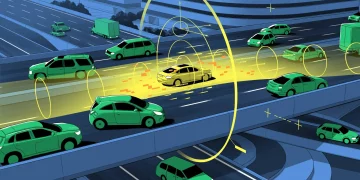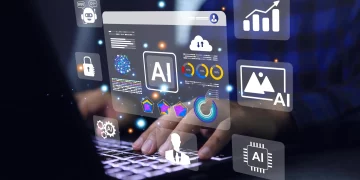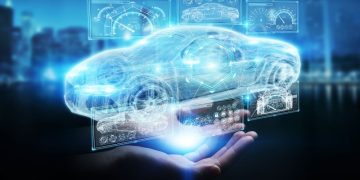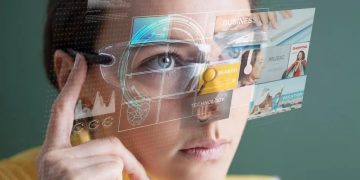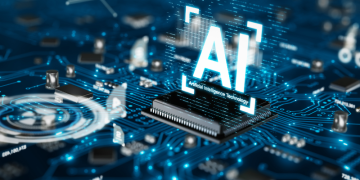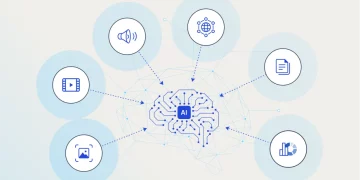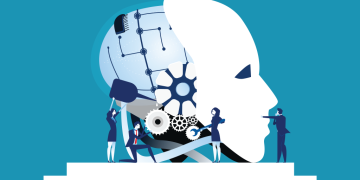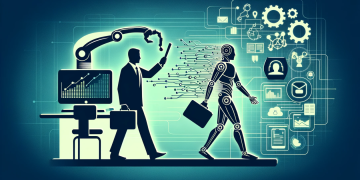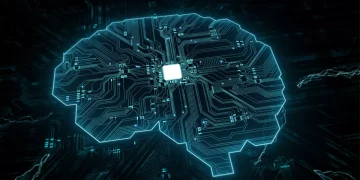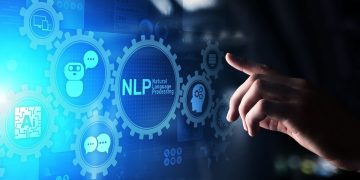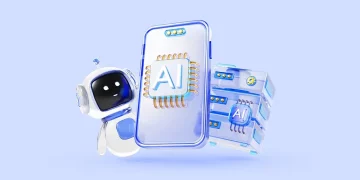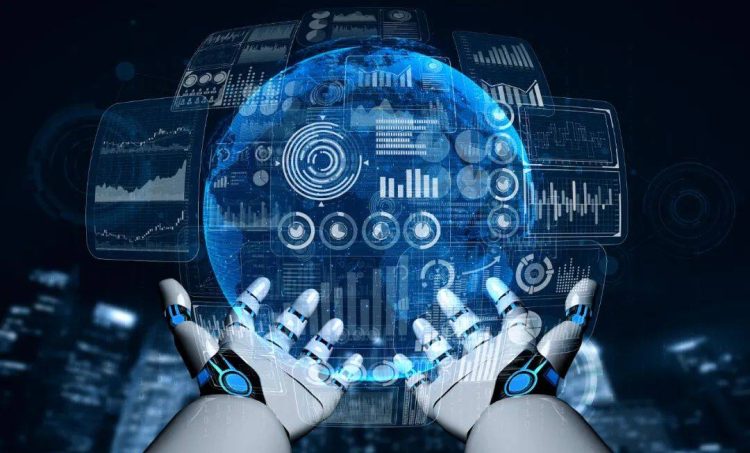The human ability to process and interpret multiple sources of sensory information simultaneously—sight, sound, touch, and more—has always been a fundamental part of how we understand the world. Imagine trying to recognize a person you’ve met before. You would likely use multiple cues: facial features, their voice, their body language, and the context of your prior interactions. This rich, multimodal understanding is something that AI has long struggled to replicate. However, recent advancements in multimodal AI are beginning to allow machines to integrate data from various modalities (text, audio, images, video, etc.) and make sense of the world in ways that resemble human cognitive abilities.
Multimodal AI combines information from different sources to enable machines to process and interpret data more holistically. This approach holds great promise in tackling the complexity of real-world scenarios where a single type of input—be it text, audio, or visual data—may not provide sufficient information to understand a task completely. By merging these diverse types of information, multimodal AI can offer a richer, more nuanced understanding of a situation.
In this article, we’ll explore the role of multimodal AI in pushing the boundaries of machine intelligence, examining how it works, where it’s being applied, and the challenges and opportunities it presents.
1. What is Multimodal AI?
Multimodal AI refers to systems that can process, analyze, and integrate multiple forms of data—such as text, images, video, audio, and even sensor data—into a unified representation. These systems mimic how humans perceive the world through multiple senses, and their goal is to make AI more contextually aware, adaptable, and capable of performing complex tasks.
a. Key Components of Multimodal AI
To build effective multimodal systems, AI must be capable of handling various types of data inputs and merging them in ways that enhance understanding. The main components involved are:
- Feature Extraction: Each modality (text, image, sound) has its own set of features that need to be extracted in a meaningful way. For example, in image recognition, key features might be shapes, colors, and textures, while in speech recognition, it could be pitch, tone, and rhythm.
- Fusion Models: Once the features from various modalities are extracted, they must be fused or combined in a meaningful way. This fusion can occur at different stages of the process—either early (raw data), mid (after feature extraction), or late (after separate tasks have been processed).
- Cross-modal Representation Learning: A critical challenge of multimodal AI is ensuring that the machine can understand relationships between different types of data. This is where cross-modal learning comes into play, helping the AI connect data from one modality to another. For example, it must understand that the word “cat” in a text relates to the image of a cat.
2. How Does Multimodal AI Work?
Multimodal AI systems are typically built using deep learning techniques, especially deep neural networks (DNNs). One of the most successful models for multimodal processing is the transformer architecture, which has been adapted for various modalities like text, image, and audio.
a. Multimodal Deep Learning
Multimodal AI systems use deep learning techniques such as convolutional neural networks (CNNs) for image data, recurrent neural networks (RNNs) or transformers for text, and spectrograms for audio. These networks process each modality individually before they are fused into a cohesive representation.
For instance, in a video processing task, a multimodal AI system might use:
- A CNN to analyze the individual frames of the video (images).
- A transformer model to analyze the accompanying text captions or subtitles.
- An audio model to process the sound, including speech or background noise.
These models work together, enabling the system to comprehend the full context of the video, whether it’s for generating a caption, predicting the next sequence of events, or identifying the key objects and people in the scene.
b. Cross-modal Embeddings
In multimodal systems, a key concept is cross-modal embeddings, where each modality is transformed into a common embedding space. In this shared space, the system can compare and relate information across modalities. For example, when processing a video, both the visual and textual information can be mapped to similar representations so the system can align visual cues with words.
One successful example of cross-modal embedding is CLIP (Contrastive Language–Image Pretraining), developed by OpenAI. CLIP learns to map images and text into a shared embedding space, enabling it to perform tasks such as zero-shot image classification by linking textual descriptions to images without needing task-specific training data.
3. Applications of Multimodal AI
Multimodal AI is poised to transform a wide range of industries by providing more intelligent, context-aware systems that can reason across diverse types of data. Below are some key areas where multimodal AI is already making a significant impact:
a. Healthcare
In healthcare, multimodal AI can be used to integrate data from medical imaging (X-rays, MRIs), electronic health records (EHRs), and patient interviews (audio/text) to create a comprehensive patient profile. This combined data can assist in:
- Medical diagnostics: Multimodal systems can identify patterns across medical scans, patient history, and clinical notes to improve diagnosis accuracy.
- Personalized treatment plans: By combining clinical records and patient feedback (such as sentiment analysis of their spoken words), multimodal AI can suggest more tailored and effective treatments.
b. Autonomous Vehicles
Autonomous driving systems rely heavily on multimodal AI to process various types of sensor data, including:
- Camera images for detecting road signs, pedestrians, and obstacles.
- Lidar and radar data to assess distance and 3D spatial relationships.
- Audio inputs from sensors to detect honking, sirens, or other relevant sounds.
Multimodal AI allows the vehicle to create a detailed map of the environment, making real-time decisions more reliable and safer.
c. Robotics
Robots used in manufacturing, healthcare, and service industries often need to process data from multiple sources, such as:
- Visual data to detect objects or recognize faces.
- Touch sensors to understand object textures or forces.
- Speech to interact with humans or process commands.
A multimodal approach enables robots to execute tasks more effectively by considering all available sensory data simultaneously.
d. Human-Computer Interaction (HCI)
Voice assistants like Amazon Alexa, Google Assistant, and Apple Siri can benefit from multimodal AI. By combining speech recognition with visual data (such as user gestures or expressions), these systems can understand and respond to more complex interactions.
For example, a multimodal AI system might:
- Understand a spoken command (e.g., “Turn off the lights”).
- Analyze facial expressions to gauge the user’s mood or level of urgency.
- Respond appropriately based on the emotional context or specific visual cues.
e. Entertainment and Media
In areas like content recommendation, multimodal AI systems can use data from text, audio, and visual content to provide richer, more personalized recommendations. Streaming services like Netflix and YouTube can analyze:
- User reviews or comments (text).
- Viewing history (video).
- Audio sentiment (if available) or background music.
The AI can use this combination of data to recommend movies, shows, or videos that align with the user’s preferences, not just based on prior choices, but also understanding the emotional tone of the media.

4. Challenges and Limitations of Multimodal AI
Despite its potential, multimodal AI faces several challenges that must be overcome before it can fully reach its potential:
a. Data Alignment and Fusion
The most significant challenge in multimodal AI is properly aligning and fusing data from multiple sources. Different modalities have different formats, scales, and structures. For example, images are pixel-based, audio is waveform-based, and text is sequential. The system must be able to convert these various types of data into a common format and effectively combine them to ensure meaningful interaction.
b. Computational Complexity
Processing multimodal data requires substantial computational power, especially for tasks like real-time video analysis or interactive systems. High-performance hardware, such as GPUs or TPUs, is often needed to handle the massive datasets involved in multimodal learning.
c. Data Quality and Noise
Multimodal AI systems are sensitive to noisy or incomplete data. For example, in real-world scenarios, some modalities (such as audio) may have interference or errors, and poor image quality can affect visual recognition. Ensuring robustness to noise across all modalities remains a challenge.
d. Ethical Considerations
The integration of multiple data modalities, such as audio, visual, and behavioral data, raises significant ethical concerns. Issues like privacy, bias, and consent need careful consideration, particularly when dealing with personal or sensitive information.
5. The Future of Multimodal AI: Unlocking Human-like Understanding
As AI continues to evolve, multimodal systems are likely to become more powerful and integral to a wide array of applications. The key to success will be the development of more sophisticated models that can:
- Understand and merge data from an increasing variety of sources.
- Handle noisy, incomplete, or ambiguous information.
- Make real-time, contextually-aware decisions that reflect a deeper understanding of the world.
The future of multimodal AI is not just about improving existing applications, but about enabling true cognitive intelligence that mimics human understanding. By integrating and interpreting diverse forms of data in a way that resembles human cognition, multimodal AI holds the potential to revolutionize industries ranging from healthcare to autonomous vehicles, entertainment to customer service, making AI systems more intuitive, adaptable, and intelligent than ever before.
In the coming years, multimodal AI will be at the heart of creating machines that truly understand the complexity and richness of the world—just like humans do.



